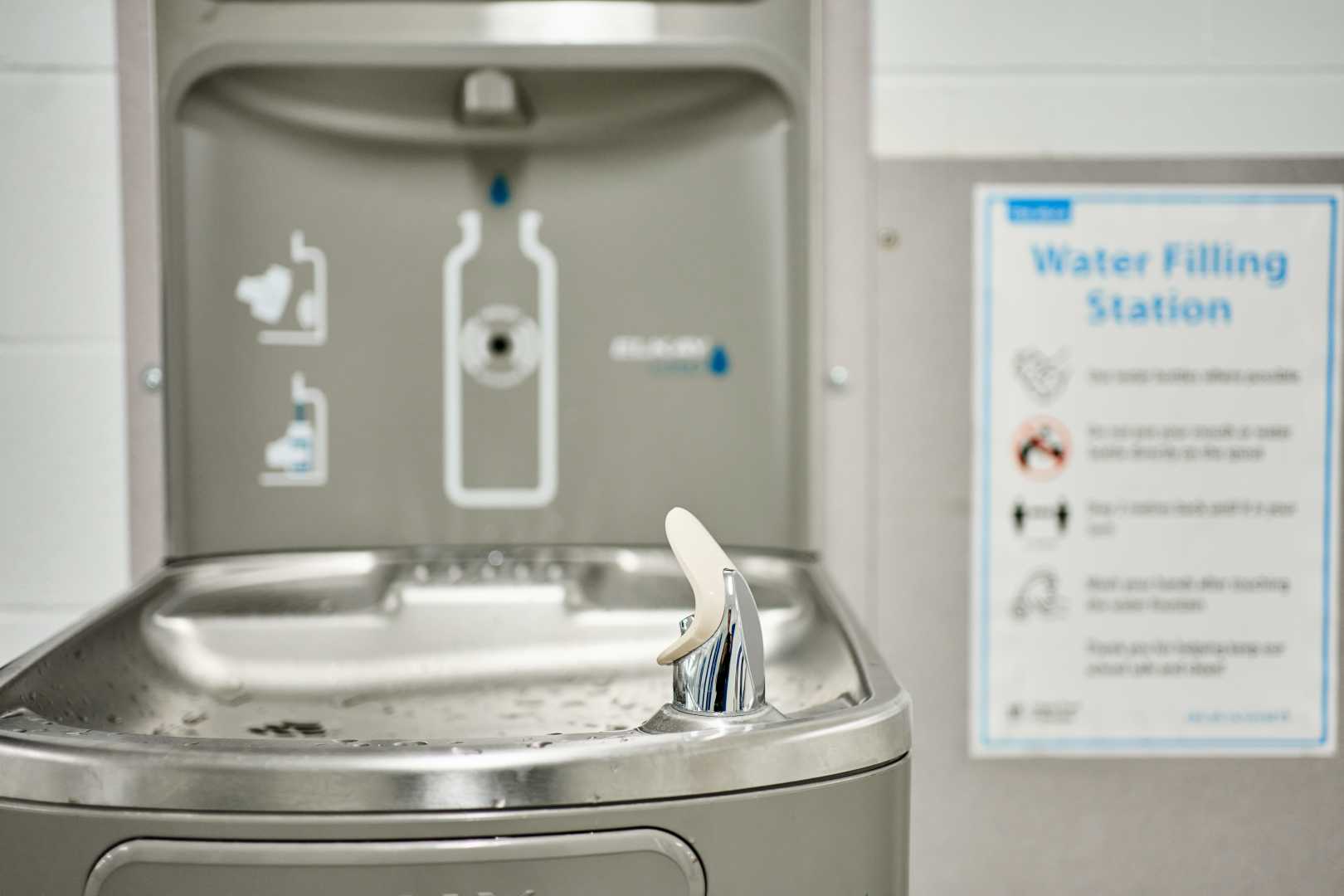Health
Syracuse Schools Struggle with Lead Contamination in Drinking Water

SYRACUSE, N.Y. — A Syracuse.com investigation has revealed alarming levels of lead contamination in drinking water fixtures across nearly every school in the Syracuse City School District. In 2023 and 2024, 138 sinks and 36 water fountains in 33 school buildings tested above the state’s safety limit for lead, with some fixtures exceeding the limit by more than 400 times.
At Delaware Primary School, one classroom sink tested at 25 times the safe limit, while another hallway sink showed lead levels 400 times higher than the state threshold. In total, 36 fixtures at Delaware alone failed the state’s lead test. The district has since replaced or repaired many of the affected fixtures, but experts warn that the current “test and tell” approach leaves students vulnerable to lead exposure between mandatory testing periods.
New York state requires schools to test water for lead every three years. However, the patchwork response to contamination means students could be drinking unsafe water for years before problems are detected. Dr. Travis Hobart, director of the Central New York Children’s Health Center, emphasized the risks: “Children drinking from those fountains that show high lead water content risk exposure to lead.”
Lead exposure is particularly dangerous for young children, as it can cause irreversible neurological damage, learning difficulties, and behavioral issues. Nearly 10% of Syracuse children tested in 2024 had elevated lead levels in their blood, according to the Onondaga County Health Department. While much of the issue stems from lead paint in aging homes, contaminated water has become a growing concern.
Experts advocate for a more proactive solution: installing centralized bottle-filling stations with point-of-use filters, which would cost approximately $500,000 districtwide. Such systems are already required in Michigan schools following the Flint water crisis. Erik Olson, a health advocate for the Natural Resources Defense Council, said, “If you install filters, you know you’ve taken care of the problem, and it’s cheaper than testing and testing and testing and then ripping out plumbing.”
Despite the availability of federal and state funding for water infrastructure improvements, Syracuse schools have only installed one filtered filling station per building, primarily to encourage hydration rather than address lead concerns. Rob DiFlorio, the district’s chief operations officer, said he believes the current testing regimen is sufficient, though he acknowledged the unpredictability of lead levels in school water systems.
Parents like Jaquia Bolds, whose 3-year-old son attends preschool at Delaware, are calling for more permanent solutions. “This is our primary resource, and these are people who may not have the income to afford bottled water or filters,” Bolds said. “I feel the state should come in and do what’s best for these children and our community.”
The district has repaired or replaced 163 fixtures since the latest round of testing, but some fixtures have failed repeatedly despite remediation efforts. For example, a fountain at Dr. Weeks Elementary School tested at 11.6 parts per billion (ppb) in 2023, exceeding the state’s revised action level of 5 ppb, and was replaced only to test high again in 2024.
As the district prepares for the next round of mandatory testing between 2026 and 2028, advocates urge greater transparency and investment in long-term solutions to protect students from lead exposure.












